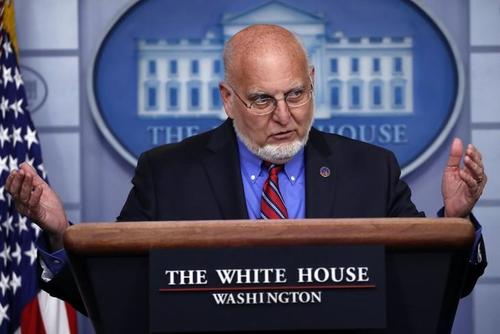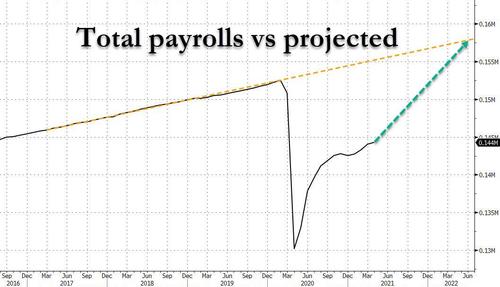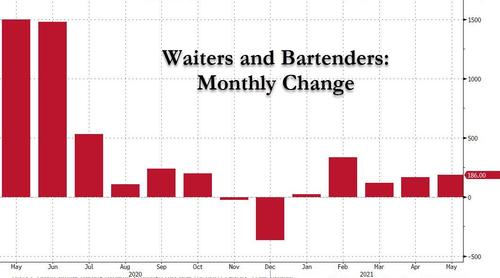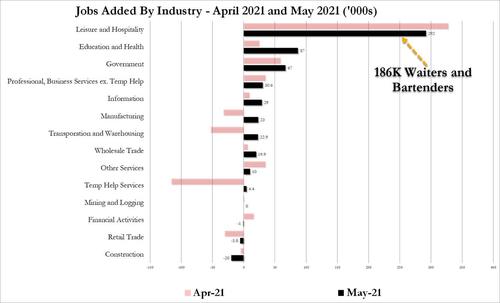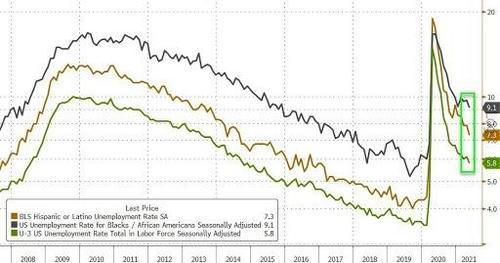
More than a dozen states have already decided to keep to-go cocktails legal even after the COVID-19 pandemic passes, but Saturday could be “last call” in New York—the state that pioneered the idea last spring.
When he required bars and restaurants to close on March 16, 2020, due to growing concern over the COVID-19 outbreak, Gov. Andrew Cuomo ordered a temporary easing of the state’s alcohol laws to allow beer, wine, and even mixed drinks to be ordered as to-go items from establishments across the state. That became a crucial lifeline for bars, and 38 other states (and Washington, D.C) ended up copying New York’s policy in one form or another. Despite so many missteps over the past year—a cover-up of how badly COVID-19 ravaged New York’s nursing homes, dumb mandates regarding how much food bars had to serve with their to-go drinks, that self-serving book deal, and more—allowing to-go booze was a rare absolute win for Cuomo (and his constituents).
No surprise, it also proved to be immensely popular. One poll conducted on behalf of the New York State Restaurant Association last month found that 78 percent of New Yorkers favored making to-go cocktails a permanent fixture.
But legislation to do that is being held up by special interests that think the old way was just fine. Liquor stores have been lobbying against the proposal, according to The Wall Street Journal, because they view it as a threat to their control over alcohol sales. Even after the legislation was amended to prevent bars and restaurants from selling full bottles of alcohol—a major objection raised by liquor store special interests—liquor store trade associations are still pushing hard to defeat the bill, the Albany Times-Union reports.
That political fight means that New York could soon return to the pre-pandemic status quo. Cuomo’s executive order allowing to-go alcohol will expire on June 5 and the state legislature is scheduled to break for the summer at the end of next week.
Many other states are taking steps to keep consumers’ options open. Fourteen states have already enacted laws making to-go cocktails permanently legal and another seven have moved to extend their legality on a temporary basis, according to the Distilled Spirits Council of the United States (DISCUS), which favors the passage of those laws. The latest to do so was Illinois, where Gov. J.B. Pritzker signed a bill on Wednesday allowing restaurants to serve to-go cocktails through 2024.
If there’s one alcohol-related lesson that policy makers should take away from the pandemic, it is that giving Americans more booze freedom doesn’t create chaos. Where are the stories of city blocks that have been destroyed by the scourge of legal to-go cocktails?
It should now be more apparent than ever that restrictions on which establishments can sell what kinds of booze in various quantities—restrictions that vary widely from state to state but exist in some form or another almost everywhere—have little to do with protecting public health or safety. As the debate raging in Albany demonstrates, those rules are mostly political. They’re mostly aimed at protecting certain parts of the alcohol economy from unwanted competition.
To-go cocktails shouldn’t just be a pandemic fad. But they will be if politicians let special interests dominate the will of the people.
from Latest – Reason.com https://ift.tt/3cir8WO
via IFTTT
